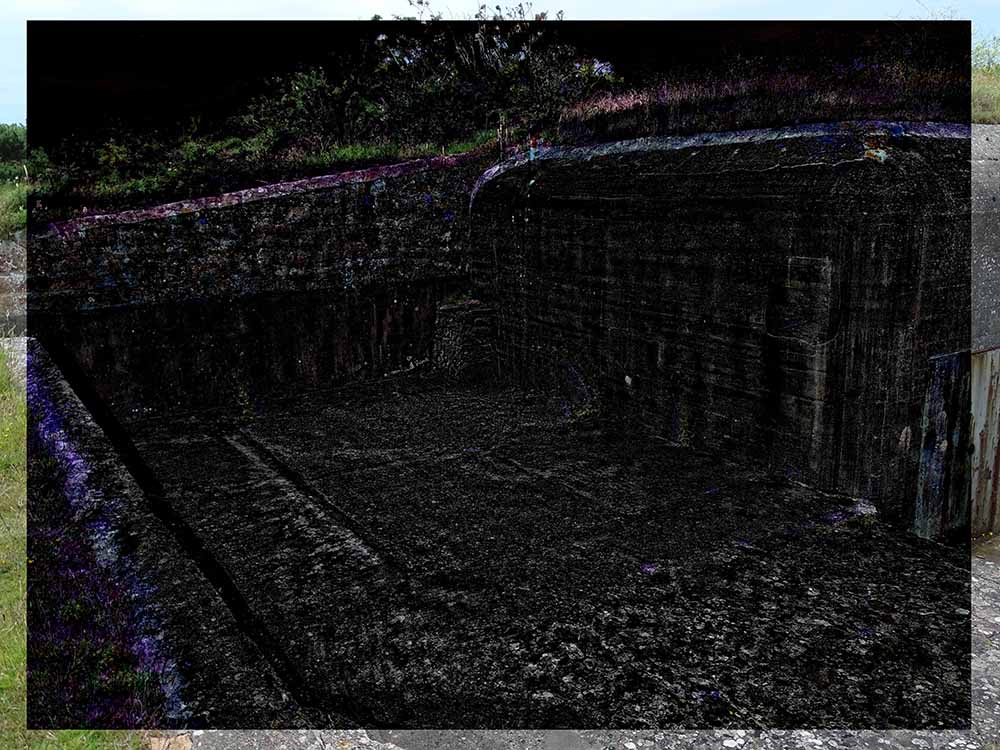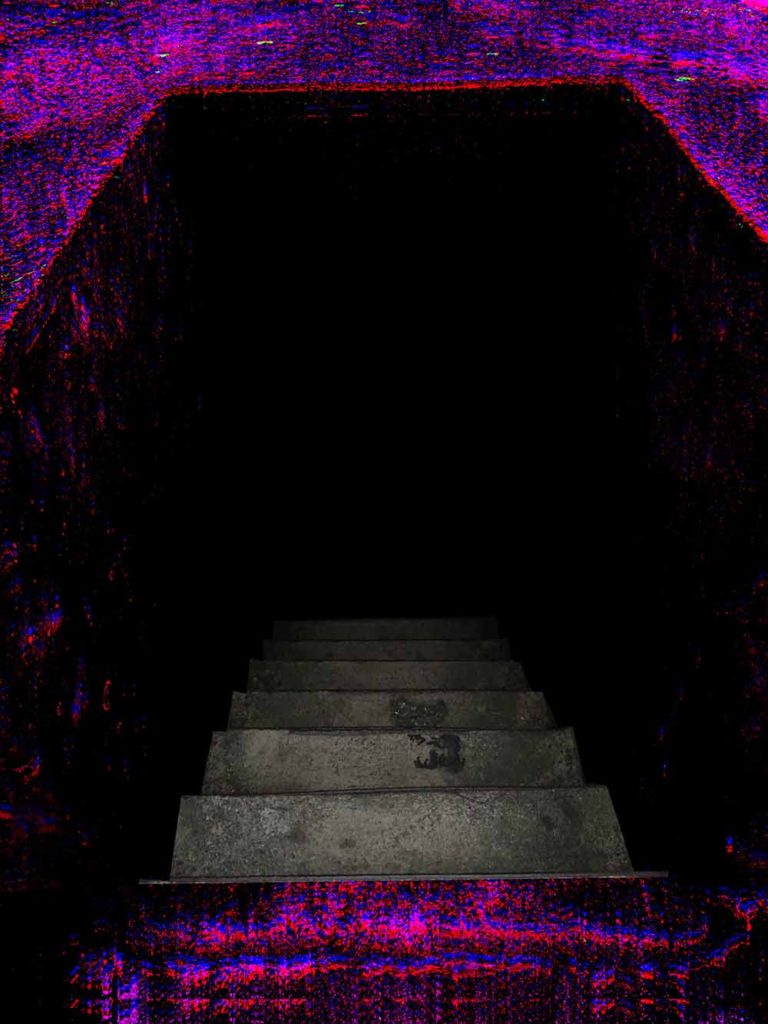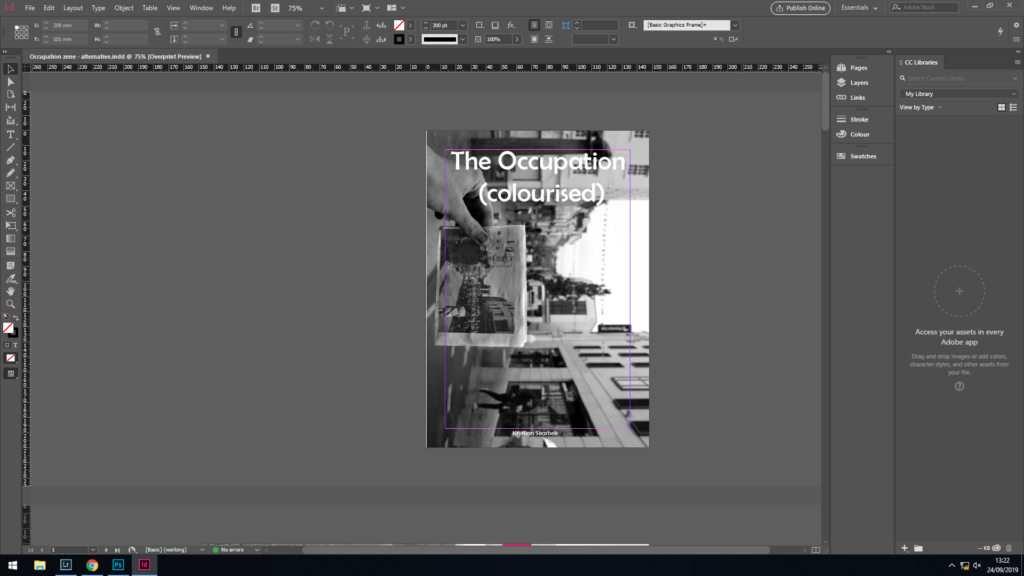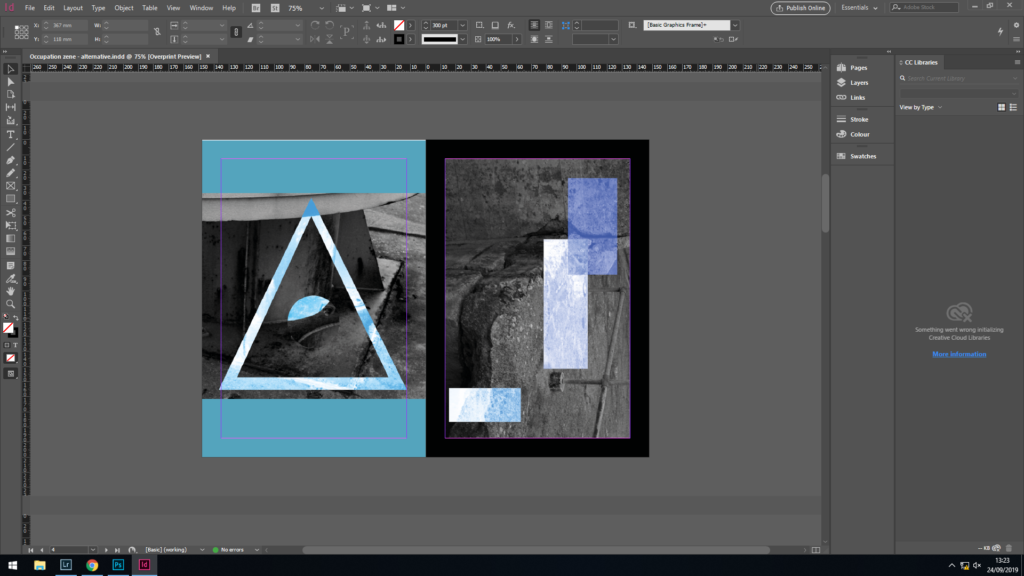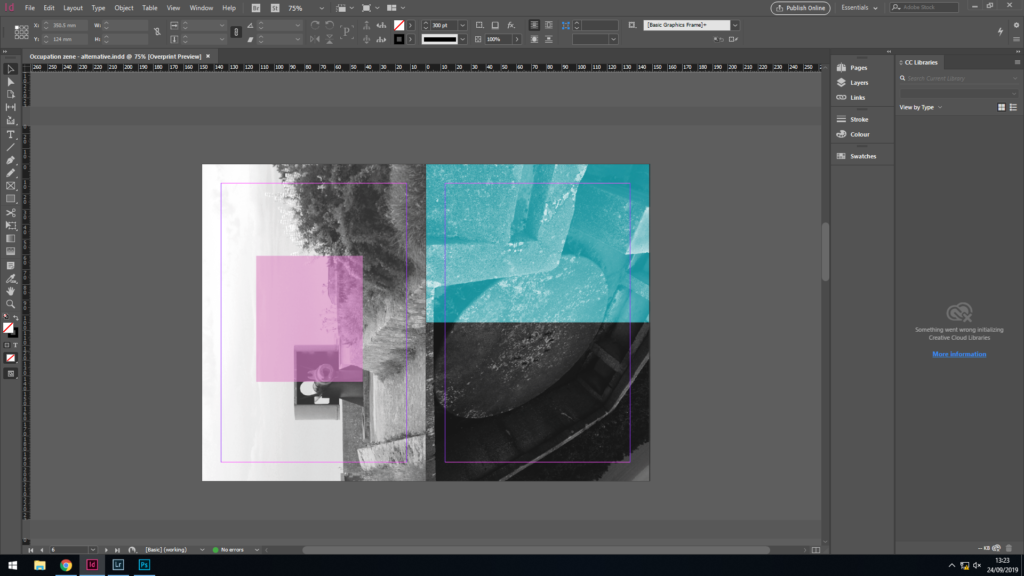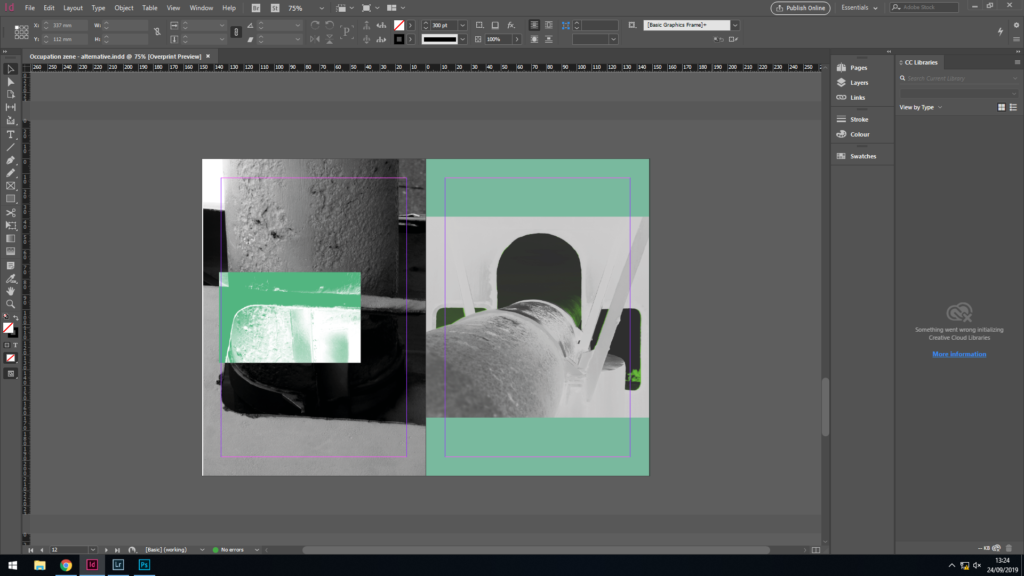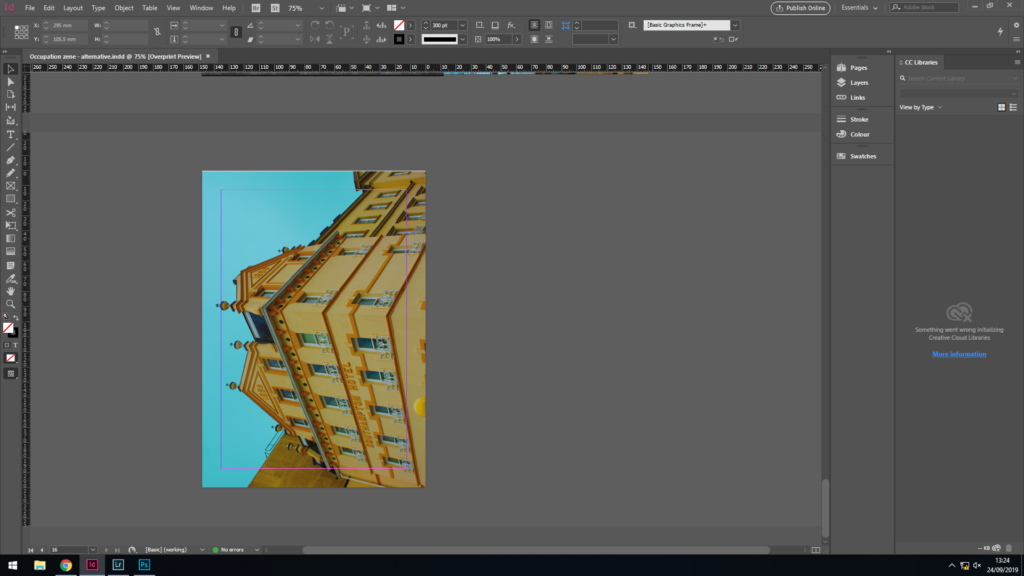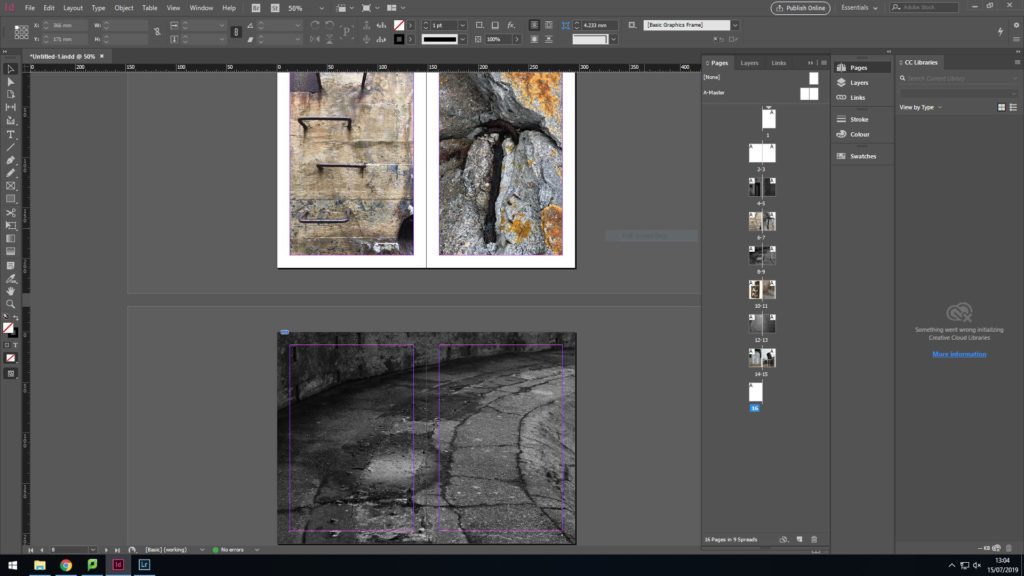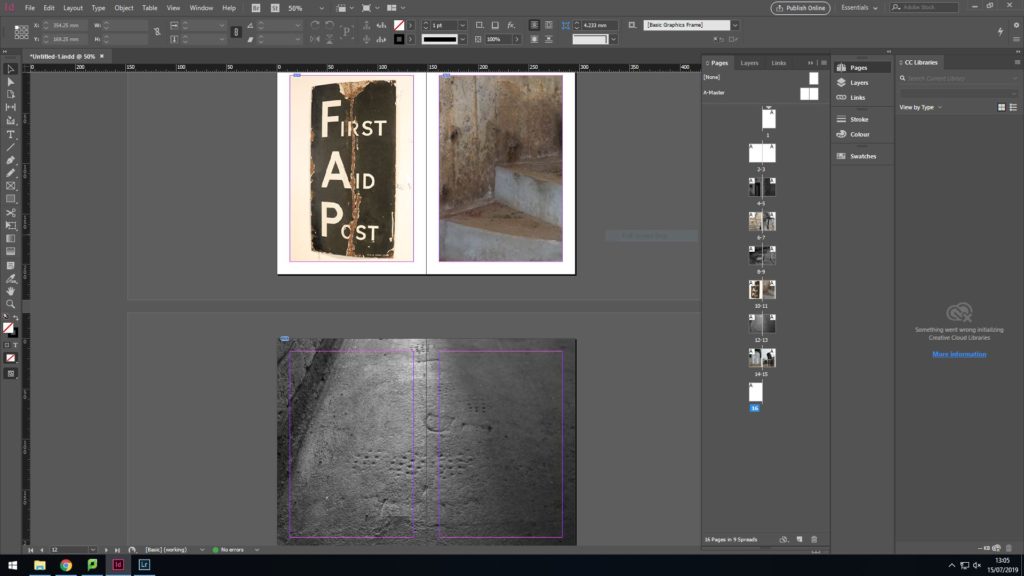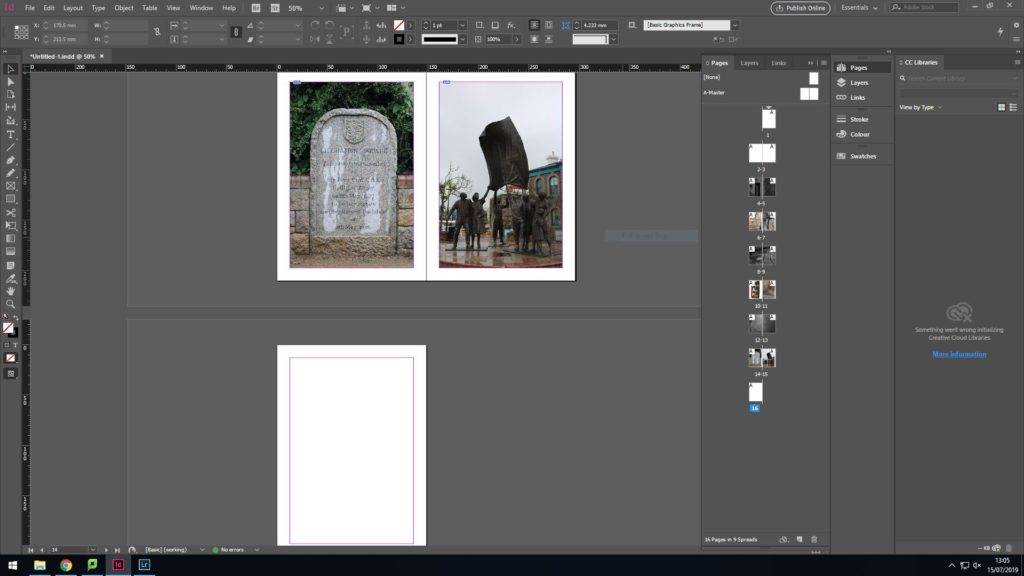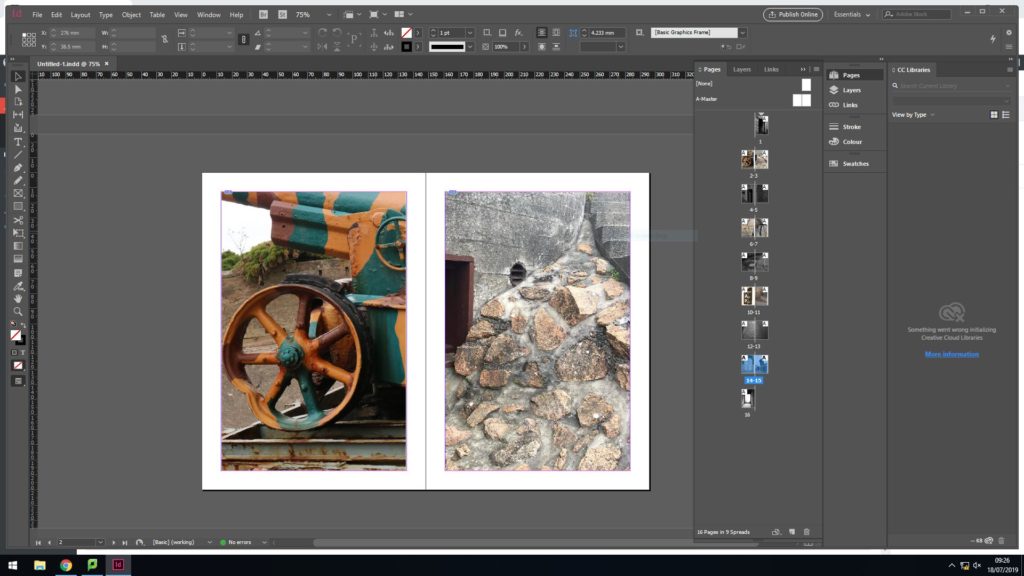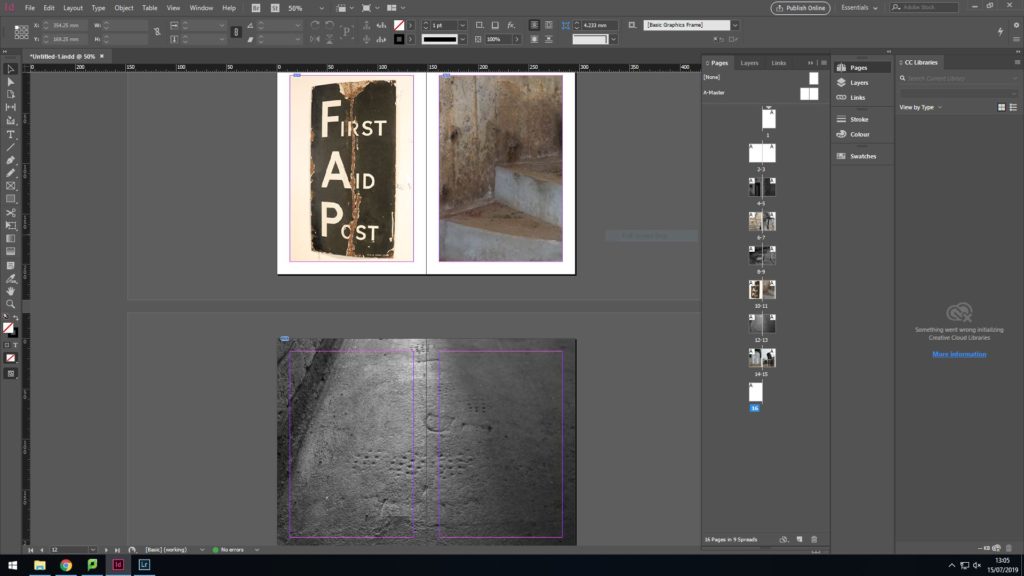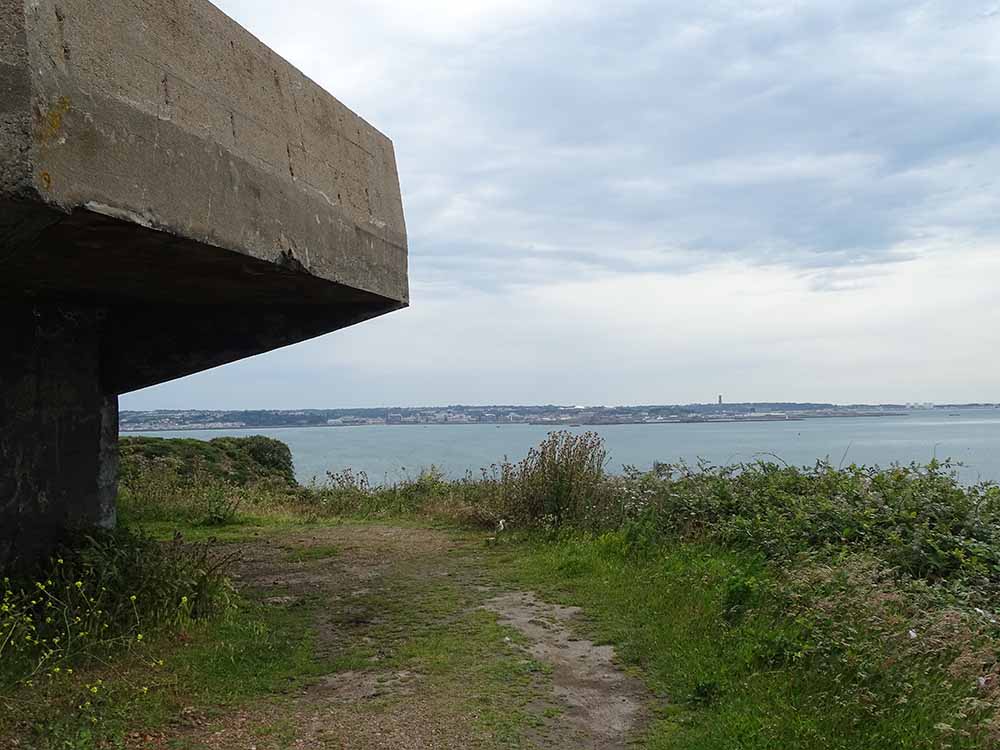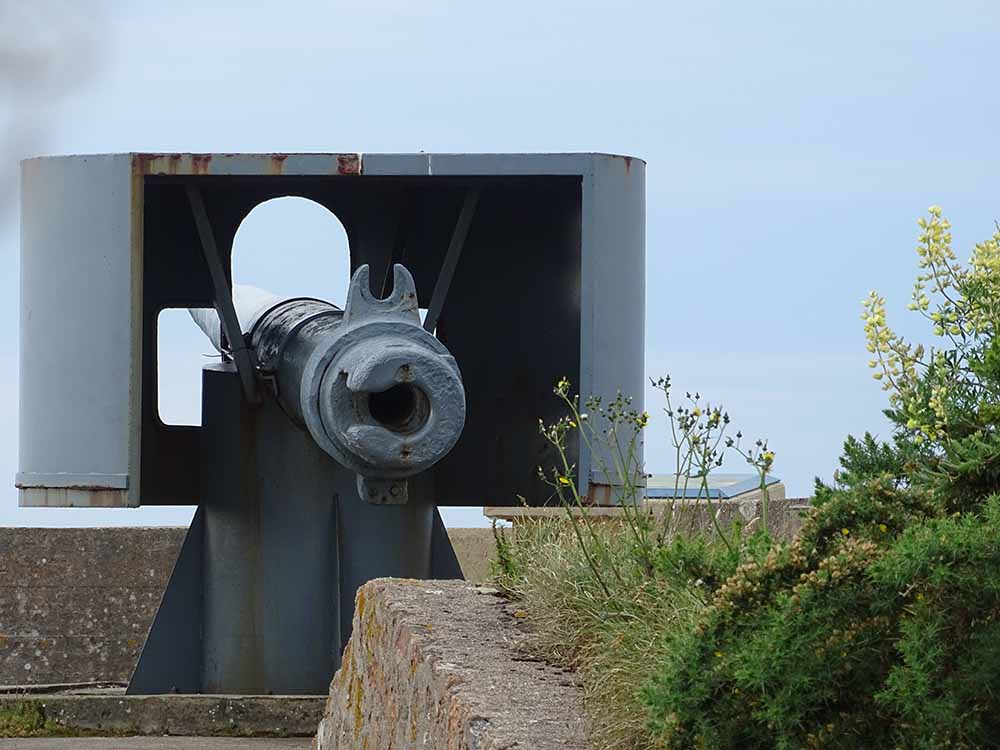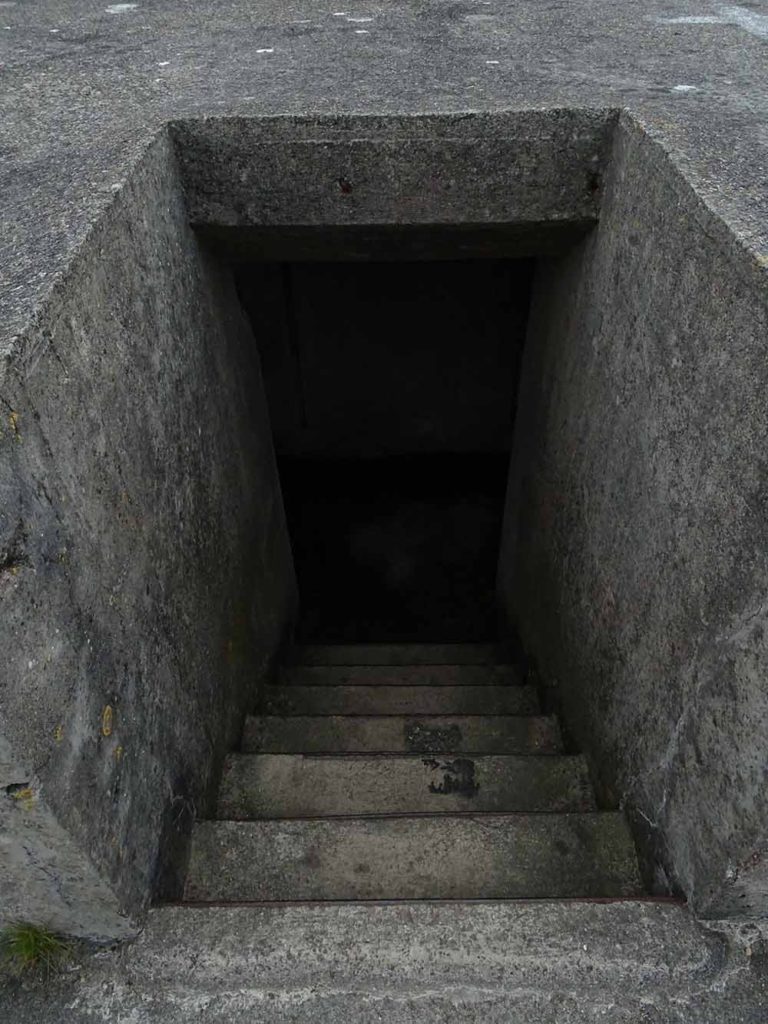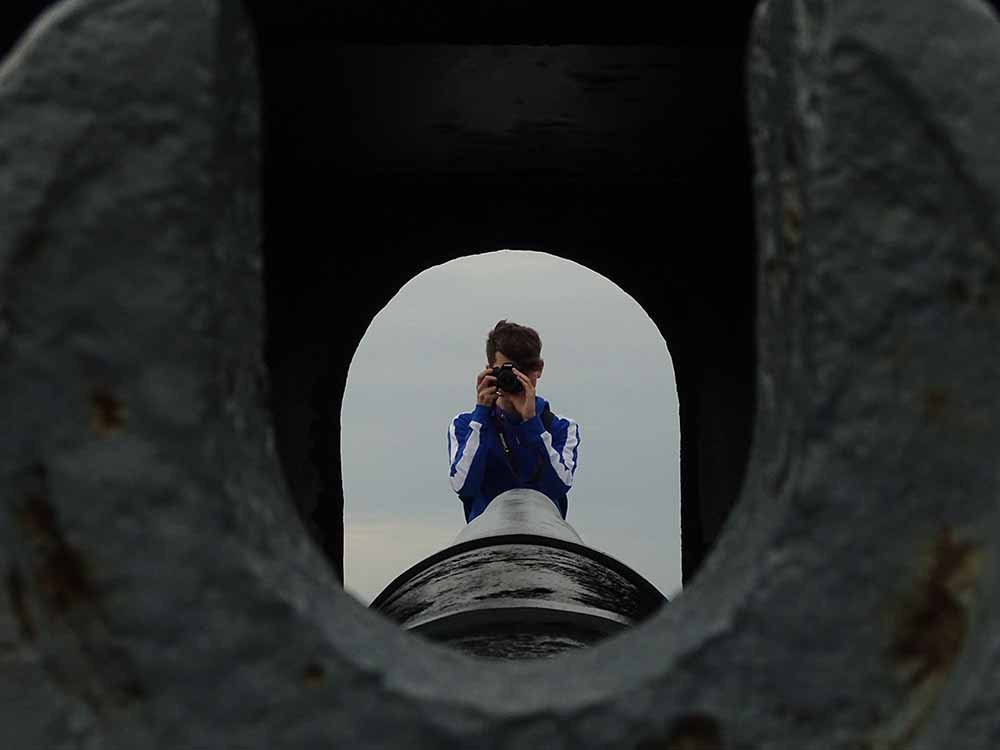concept
throughout my zine i want to show the stages of the occupation through to liberation by including; bunkers, statues, and also the updated buildings that were already built in jersey throughout the war, including the pomme o’dor hotel, where there is a very well known photograph taken at the liberation of jersey.
sequencing
i want to use colour effectively within my zine to represent the happier times, and the not so happy times, this may result in my zine being a little half and half between monochrome, and vibrant colour – as i do want to set my zine out in chronological order, from the start of the occupation, through to the liberation.
narrative
in terms of narrative i don’t think that i want to include any text within my zine. however i will have the title on the front page, i’d like to title my zine ‘change’ as throughout it i will be aiming to show the changes that not only happened during the occupation and liberation, but also the change from the occupation to the present.





